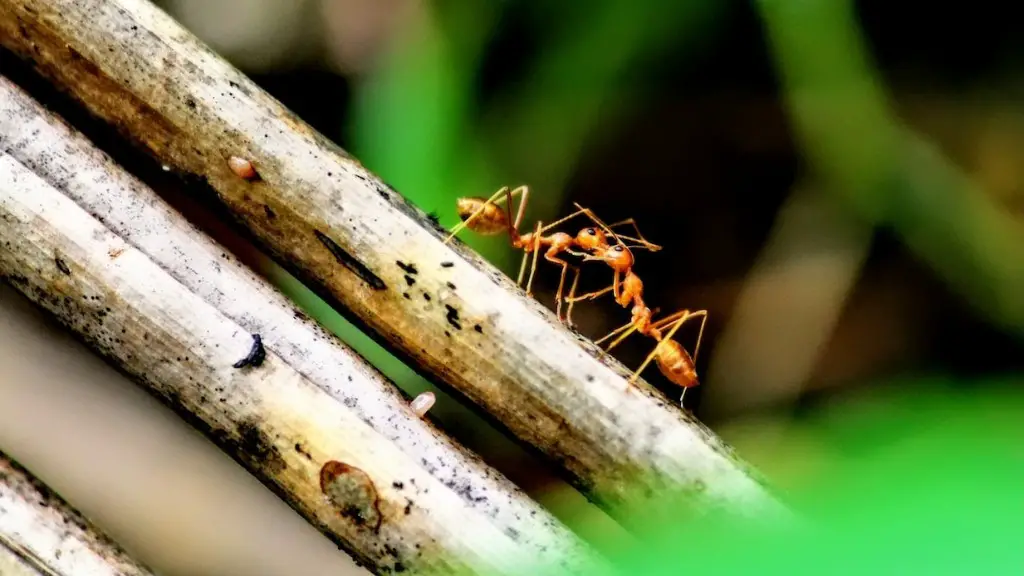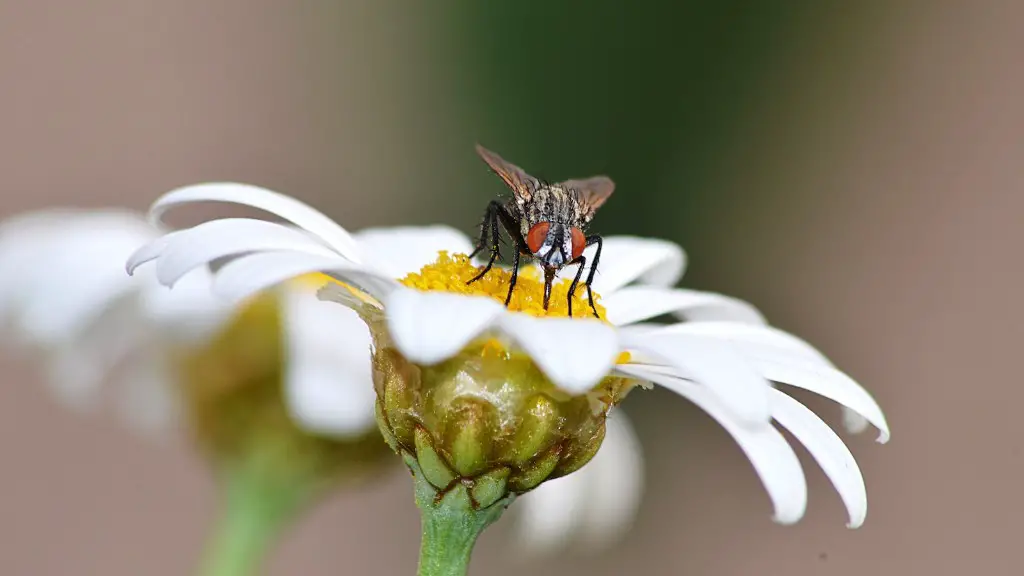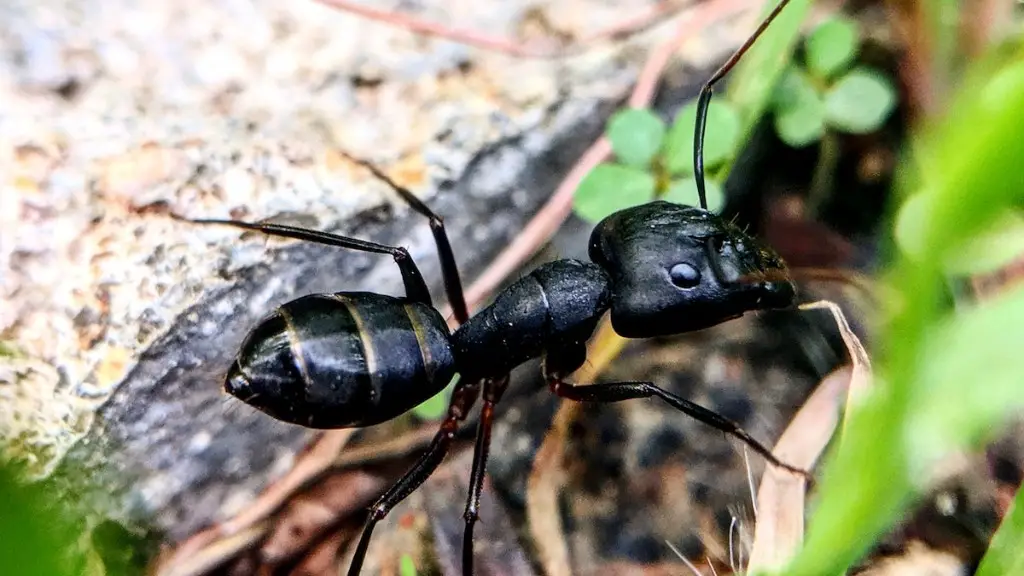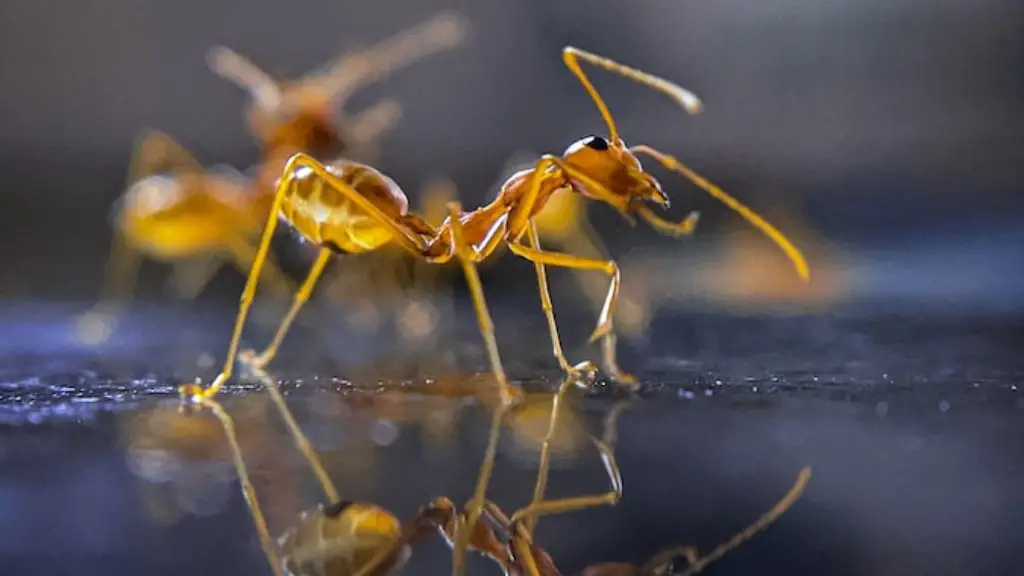Biology of Ants
Ants are everywhere. They come in a wide variety of sizes and shapes, but one thing they share in common is their remarkable ability to find food and shelter anywhere. They can be found in our homes, gardens and yards, but when they start to move into our bedrooms, they can be quite a nuisance. So, how do we get rid of these pesky creatures? Here, we shall explore the biology of ants and how to identify the species and get rid of the problem in the most efficient way.
Ants are social insects, living in colonies. Each colony consists of three types of ants; the queen, male and female ants. The queen ant is the mother of all the ants in the colony. The females form a ‘worker caste’ whose job is to look after the queen, build the nest, forage for food and defend the colony from predators. The male ants only have one purpose, to mate with the queen and produce more eggs. Ants have an extraordinary sense of scent with their antennae acting as a chemical ‘smell-o-meter’. It is this sense of smell, combined with the worker ants foraging for food, that seemingly helps them find the food sources in our bedroom.
In order to control ants, it is important to first identify the species as there are many different types. It is useful to note the size and colour of the ants, as this can help narrow down the species. Common species around the home include pavement ants, carpenter ants, odorous ants and thief ants. Once the species has been identified, appropriate treatment methods can be applied.
The Nest
The first step in controlling the infestation is to locate and destroy the nest. To do this, look for trails of ants as these would indicate where the ants are travelling from and to. If the nest cannot be found, try laying out some bait and tracking the ants back to their nest. For nest elimination, insecticides or boiling water can be used, depending on the species.
Traps and Baiting
The second step is to lay out some traps and bait. Store bought traps work well for most species, though homemade traps such as those made from honey or boric acid can also be effective. It is important to note that the baits should be placed far from food sources to avoid contamination.
Exclusion
The third step is to make sure the ants don’t enter your room in the first place. This can be done by sealing up any cracks or crevices in the walls or floor, and by filling in any holes or gaps around the window or door frames.
Chemical Control
If the above methods fail, then the last resort is to use chemical control. It is essential to identify the species before selecting the appropriate insecticide as some aerosols contain certain active ingredients that may not be suitable or even effective in controlling a particular species of ant. It is also important to read and understand the safety instructions provided with any product before use.
Following Up
It is also important to ensure that any further activity is monitored for a few weeks after the control measures have been put in place. This can be done by laying out baits to ensure that all the ants have been destroyed and to prevent the problem from reoccurring.
Natural Methods
For those looking for a more natural approach, there are numerous home remedies that have been known to work. Peppermint and cinnamon can be used to repel ants while catnip and lime can be used in place of chemical insecticides. These methods are not as effective but can be an effective fix if used regularly.
Other Prevention Tips
Besides the above control methods, it is also important to ensure that your bedroom and house is free of food debris and water, as these serve as attractants for the ants. It is also important to regularly vacuum the area, as this helps to remove the pheromones released by the ants that attract more ants to the area.
Pest Control Services
Finally, if all else fails, then it may be worth calling a professional pest control service. They can provide an effective solution to the ant infestation, as well as offer tips and advice on how to prevent future ant invasions.
Prevention of Future Invasions
Ants are resilient and resourceful, so prevention is the best way to stop them from entering the home. This can be done by keeping doors, windows and other openings securely shut, and by sealing any cracks or holes in the walls or floors. It is also important to practice good hygiene and to store food properly, as this eliminates the food source that attracts ants into the home. Finally, keeping plants away from the house and keeping garden waste to a minimum also reduces the chances of an ant infestation.
Reducing Attractants
To reduce the likelihood of an ant invasion, it is important to reduce the number of attractants in and around the home. Make sure to frequently clean up after eating and properly store food, including leftovers. Additionally, make sure to wipe down counters and surfaces regularly as this will remove any remnants of food and sweetness that may lure the ants in.
Keeping the Area Tidy
Maintaining a clean and tidy environment is one of the best ways to minimize ant invasions. Vacuum regularly and store piles of laundry or clothes off the floor as these can attract ants looking for a place to hide. Finally, regularly check any corners, crevices and cupboards as these can be hotspots for ant activities.
Conclusion
Getting ants out of your room is not an easy task, as they are resilient and resourceful. It is important to identify the species of ant and take appropriate action to get rid of them. When all else fails, it is worth considering employing the services of a professional pest control service to get the job done. Ultimately, though, the best way to prevent future invasions is to keep the area clean and free of food sources, and to seal up any cracks or holes that could be used as entrances into your home.



